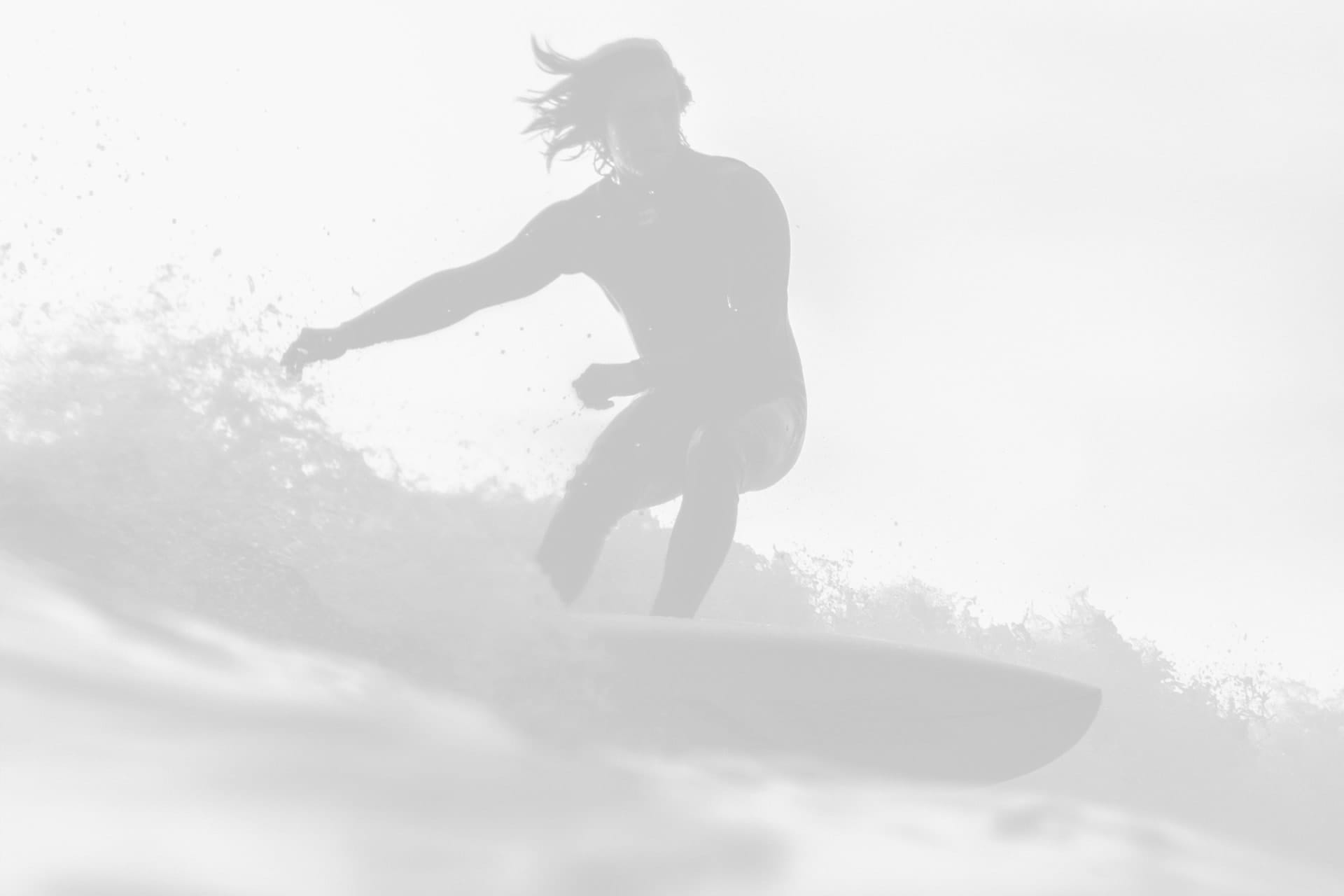The Art and Technique of Color Correction: A Comprehensive Overview
Introduction
Color is fundamental to how we perceive the world, influencing our emotions and understanding. In visual media, color correction and grading are essential processes that go beyond merely fixing technical issues; they shape the aesthetic, mood, and narrative impact of a project. This article draws upon insights from industry professionals and technical guides to provide a comprehensive overview of the art and technique of digital color correction.
The Colorist’s Role and Workflow
In post-production, color grading is typically one of the final steps. However, the colorist’s involvement is increasingly happening at earlier stages, including on-set grading and digital dailies correction. Understanding where colorists fit in the overall workflow is crucial. Before a shoot, choosing the right recording format is a key consideration that impacts post-production flexibility. Digital dailies mark the beginning of the post-production color process.
Correction vs. Grading
It’s important to distinguish between color correction and color grading. A correction is an individual adjustment made to a shot, while a grade is a collection of multiple adjustments that create the overall look. Colorist Joe Owens aptly stated that “Correction is a sword-fight, while grading is the war“. Many colorists prefer the term “grade” as it implies more art than science compared to the engineering-based term “color correction”.
The Technical Foundation: Tools and Techniques
Color correction involves manipulating the tonal range and color of an image. Various tools are available, including levels and curves, to control shadows, midtones, and highlights. Understanding the waveform monitor is fundamental for assessing the tonal range of an image. Clipping, the loss of detail in overly bright or dark areas, is a crucial aspect to monitor on the waveform.
DaVinci Resolve: A Powerful Tool
DaVinci Resolve 16 is a comprehensive post-production solution integrating editing, color correction, audio post, and visual effects. The Color page interface in Resolve provides a range of tools for primary and secondary color correction.
- Primary grading involves global adjustments to the entire image to achieve balance and proper tonal range.
- Secondary grading focuses on specific areas or colors within the image using tools like qualifiers, windows, and mattes. Power Windows allow for isolating specific parts of an image for targeted adjustments. Garbage mattes are used to further refine selections.
- Nodes form the backbone of Resolve’s grading workflow, allowing for a layered and organized approach to color correction. Understanding node order is essential as it affects how different adjustments interact. Layer Mixer nodes enable compositing and blending of different color adjustments. Compound nodes help organize complex node trees. Shared nodes allow for applying the same adjustment to multiple clips.
- Keyframing enables dynamic adjustments over time.
- ResolveFX and OFX plug-ins offer a variety of effects that can be applied within the Color page. Forcing Edit page effects to be visible in the Fusion page requires turning the clip into a compound clip.
- Noise reduction tools help minimize unwanted grain or artifacts.
Working with RAW Media
RAW media captures unprocessed video signals, offering greater flexibility in post-production due to its wide dynamic range. In DaVinci Resolve, RAW settings can be adjusted at both the project and clip levels. Debayering is the process of assigning color space and gamma to RAW images. Sidecar files can be generated to store and share debayer settings.
The Art of Creating Looks
Beyond technical corrections, color grading is about creating specific looks that enhance the story and mood.
- Local versions allow for saving multiple grades for a single clip. Remote versions apply grades to all Timeline clips derived from the same source clip across the project.
- The Gallery allows for saving and applying stills and PowerGrades, facilitating efficient workflows and the sharing of looks. Grades can be appended or selectively copied. ColorTrace can be used to copy grades between different Timelines.
- Creating a mood board with reference images is a valuable practice for developing a visual style.
- Understanding concepts like simultaneous contrast can inform creative color choices.
Workflow Optimization and Delivery
Efficient workflow is crucial for colorists.
- Groups in DaVinci Resolve allow for applying base grades to multiple clips simultaneously at the pre-clip and making clip-specific adjustments at the clip level.
- Render cache optimizes performance by pre-rendering processed frames. The render cache format affects the quality of the cached data.
- Project delivery involves configuring render settings to output the final project in the required formats. The Deliver page in DaVinci Resolve provides various presets and options for creating custom renders.
- The Lightbox feature in the Color page offers an expanded view of the Timeline for assessing grade status prior to delivery.
- Custom render presets can be saved for future use.
- Digital Cinema Packages (DCPs) are used for theatrical projection, and Resolve offers tools for creating them.
- The commercial workflow allows for rendering all versions of individual clip grades.
- Color management settings in the project determine how color is processed.
Conclusion
Color correction and grading are integral to the filmmaking process, blending technical expertise with artistic vision. By understanding the tools, techniques, and workflows discussed in this overview, aspiring and experienced colorists can effectively shape the visual narrative and emotional impact of their projects. The insights from industry professionals highlight the importance of both meticulous correction and creative grading in achieving compelling and impactful visuals.
Related Posts
March 25, 2022
How to Trust your Intuition when You’re Making a Decision
When you are alone for days or weeks at a time, you eventually become drawn to…

